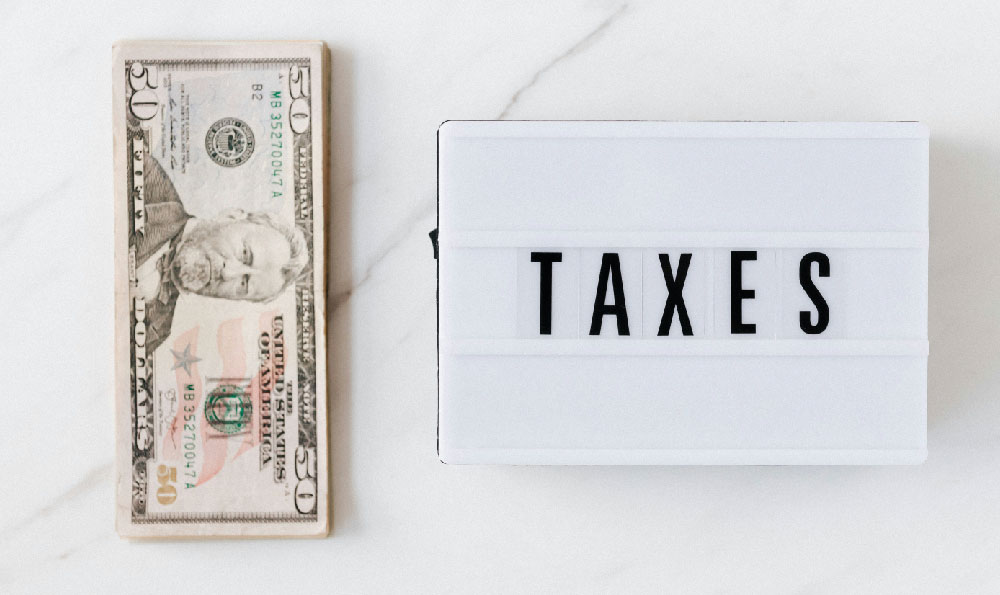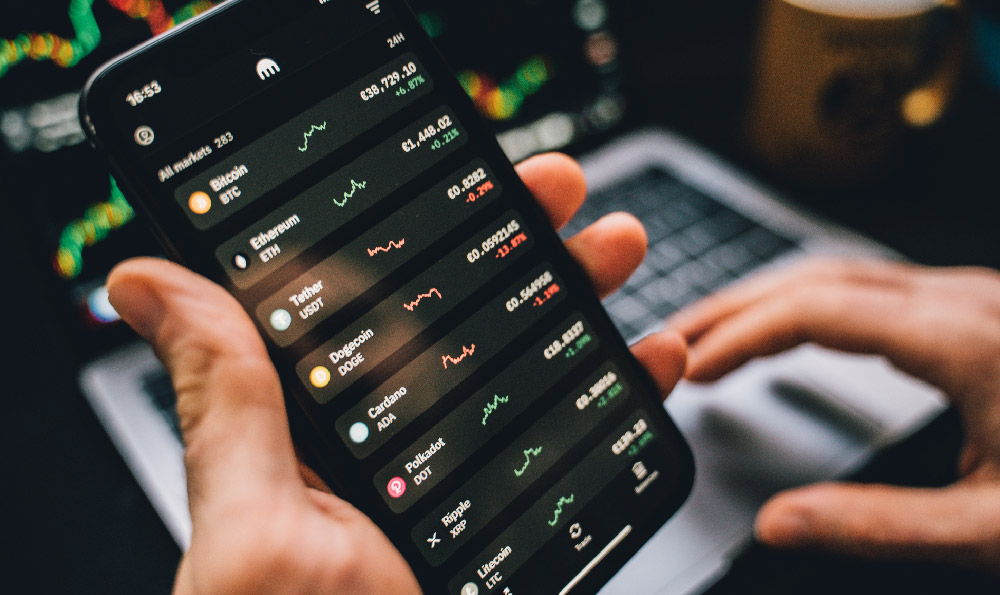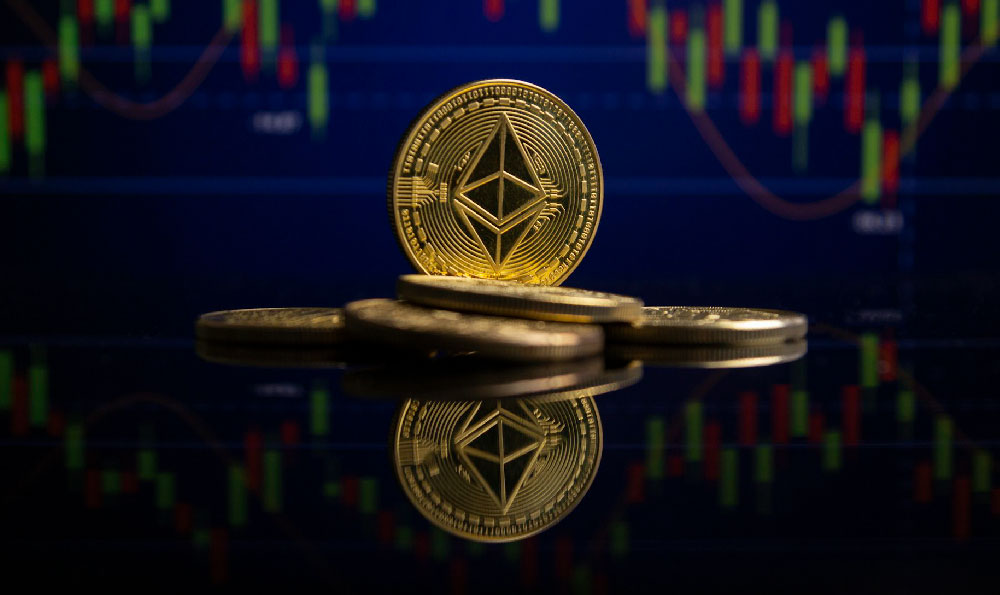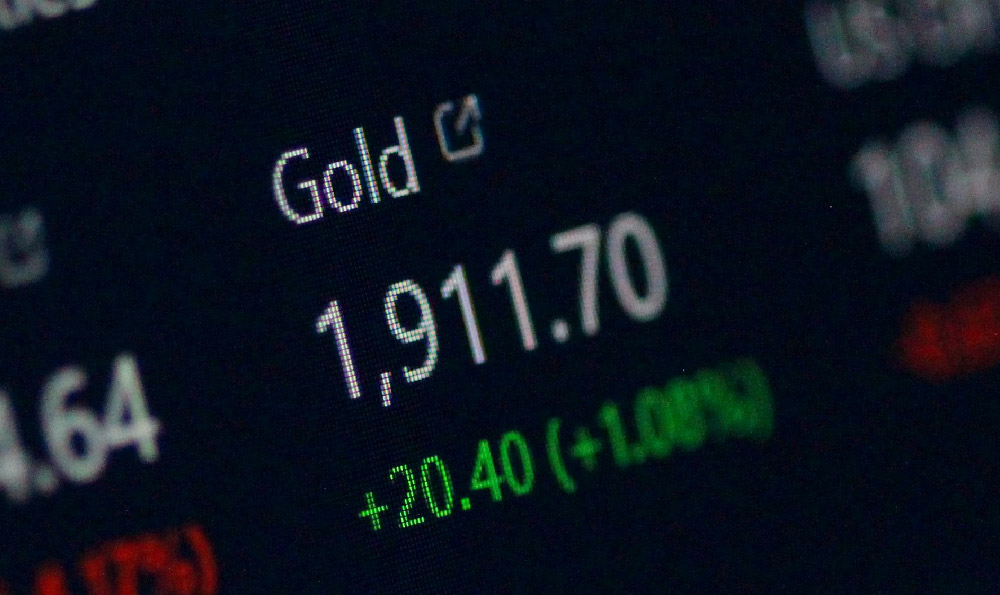American Silver Eagles, those gleaming symbols of American coinage, hold a certain allure. Their beauty, combined with the inherent value of silver, makes them an attractive option for many investors and collectors. But are they really a good investment? Should you buy them? The answer, as with most investment questions, is nuanced and depends heavily on your individual circumstances and investment goals.
To understand the investment potential of Silver Eagles, it's crucial to differentiate between numismatic (collector's) value and intrinsic (metal) value. The vast majority of American Silver Eagles circulating are bought and sold based on their silver content, plus a premium. The premium reflects the coin's minting, distribution, and the dealer's markup. Numismatic value comes into play for rare or uncirculated coins, particularly those with unique mint marks, errors, or significant historical importance. Unless you are a seasoned numismatist with deep knowledge of the coin market, focusing on the intrinsic value is generally a more prudent approach for investment purposes.
The investment thesis for Silver Eagles hinges primarily on silver as a precious metal. Silver has historically been considered a store of value, a hedge against inflation, and a safe-haven asset during times of economic uncertainty. It's also an industrial metal with numerous applications in electronics, medicine, and renewable energy. This dual nature – investment and industrial demand – can drive silver prices. When inflation rises, investors often flock to precious metals like silver, increasing demand and potentially driving up prices. Similarly, geopolitical instability or economic downturns can lead to increased demand for safe-haven assets. On the industrial side, growth in sectors like solar energy, which uses silver in solar panels, can bolster demand.

However, silver is also a volatile asset. Its price can fluctuate significantly in short periods, often reacting sharply to economic news and market sentiment. Compared to gold, silver tends to exhibit greater price swings, both upward and downward. This volatility can be both an opportunity and a risk. If you buy Silver Eagles at a favorable price and silver prices subsequently increase, you can realize a profit. Conversely, if you buy at a high price and silver declines, you could face a loss. Therefore, a strong risk tolerance is necessary.
Another crucial consideration is the premium you pay for Silver Eagles. This premium, the difference between the spot price of silver and the price you pay for the coin, can significantly impact your overall return. During times of high demand, premiums can surge, effectively increasing your entry point into the silver market. When you eventually sell, you will likely have to accept a lower premium than you paid. Therefore, buying Silver Eagles when premiums are relatively low is generally advantageous. Look for opportunities when market enthusiasm is muted, and premiums are compressed.
Furthermore, storage and security are vital aspects. Physical silver requires secure storage, either at home in a safe or in a depository. Home storage carries the risk of theft, while depository storage involves fees. These costs should be factored into your investment calculations. Alternatively, you could consider exchange-traded funds (ETFs) that track the price of silver. While these ETFs offer convenience and liquidity, they don't provide physical ownership of the metal and may be subject to management fees.
Liquidity is another factor to weigh. While Silver Eagles are widely recognized and easily bought and sold, finding a buyer willing to pay a fair price, especially for a large quantity, can sometimes be challenging. Selling to a local coin dealer may result in a lower price than selling to an online bullion dealer or through a peer-to-peer marketplace. Therefore, having a clear exit strategy is crucial.
Finally, consider diversification. A well-balanced investment portfolio should not be solely reliant on a single asset class, including silver. Allocating a small percentage of your portfolio to Silver Eagles can be a reasonable strategy for diversification and potential inflation hedging. However, avoid putting all your eggs in one basket. Spread your investments across different asset classes, such as stocks, bonds, real estate, and other precious metals.
In conclusion, American Silver Eagles can be a part of a diversified investment strategy, offering potential exposure to silver's price fluctuations and serving as a hedge against inflation. However, they are not a guaranteed path to riches. Careful consideration of silver's volatility, premiums, storage costs, liquidity, and your overall investment goals is essential. Before investing in Silver Eagles, conduct thorough research, compare prices from different dealers, and understand the risks involved. If you are risk-averse or have a short investment horizon, other investment options may be more suitable. Ultimately, the decision of whether or not to buy Silver Eagles should be based on a well-informed and reasoned assessment of your individual financial situation and investment objectives. Consider consulting with a qualified financial advisor to tailor a strategy that aligns with your specific needs and risk tolerance.












